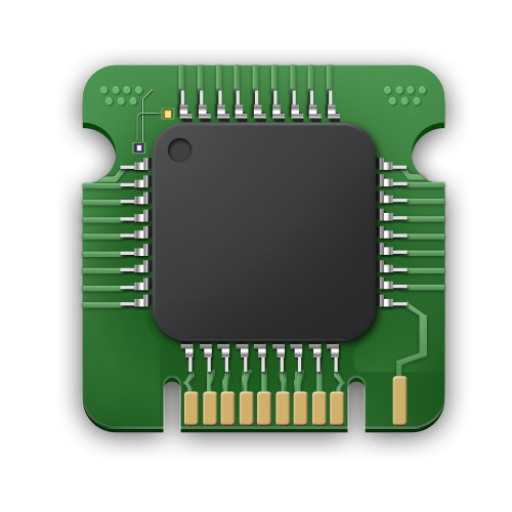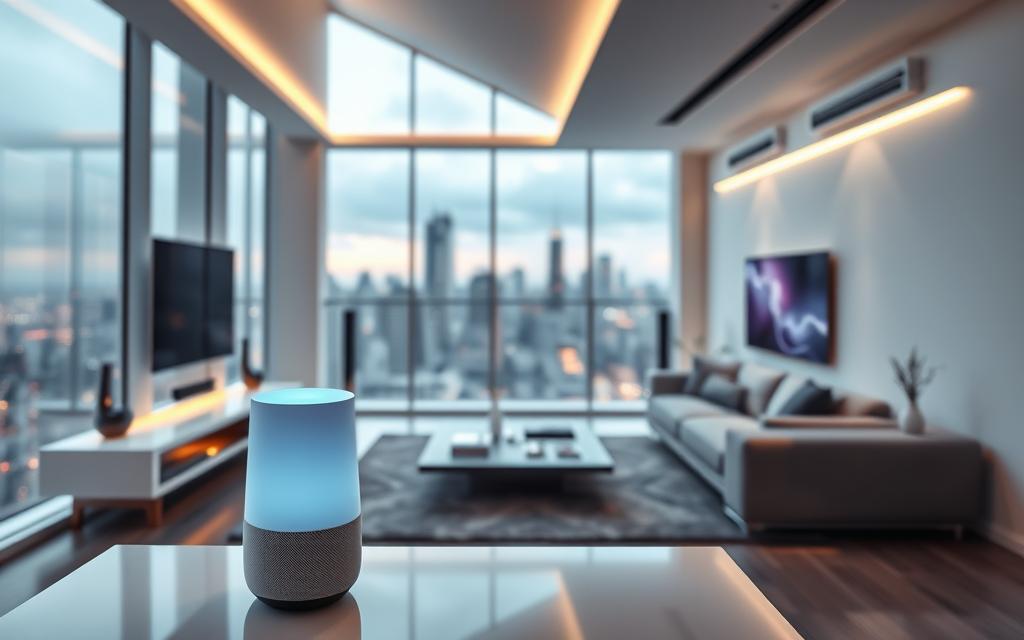The global smart home market is on the cusp of a significant transformation, with projections indicating it could reach over $135 billion by 2025.
This rapid growth is driven by the increasing integration of technology into our daily lives, making our home a more convenient, efficient, and secure place to live.
With an estimated 75.4 billion devices expected to be connected to the internet by 2025, the future of home living is set to undergo a significant shift in the way we interact with our living spaces.
This transformation signifies more than just a technological advancement; it represents a fundamental change in how we live, work, and interact with our domestic environments.
The Evolution of Smart Home Technology
From basic automation to intelligent ecosystems, smart home technology has evolved remarkably. The journey began with simple automation systems focused on single functions like programmable thermostats and timed lighting.
From Simple Automation to Intelligent Ecosystems
The distinction between home automation and smart home lies in their capabilities. Home automation refers to the automation of processes through technology, typically involving closed systems. In contrast, smart home devices not only automate tasks but also interact with each other and learn from user habits, creating a truly responsive living environment.
Current Market Trends and Adoption Rates
Current market trends show rapid adoption of smart home devices across diverse demographics. Smart speakers and lighting systems often serve as entry points for consumers new to home technology integration. Industry data indicates that once consumers adopt initial smart home devices, they typically expand their systems within 12-18 months.
As smart home technology continues to advance, it addresses real household needs like energy efficiency, security, and convenience, making it an integral part of modern homes.
How Smart Home Technology Will Change Lives
With the rise of smart homes, our living spaces are being transformed into intelligent ecosystems that adapt to our needs. Smart home technology is fundamentally changing how we interact with our living spaces, making our lives more comfortable and convenient.
Transforming Daily Routines and Habits
Smart home devices are revolutionizing our daily routines, making mundane tasks more efficient. For instance, integrated systems can automatically adjust lighting and temperature based on our schedules, creating a more pleasant start to the day. According to recent trends, smart home technology is shifting from novelty gadgets to essential lifestyle tools that influence our behaviors, sleep patterns, and time management.
Some of the key benefits of smart home technology include:
- Streamlined morning routines with automated lighting and temperature control
- Enhanced energy efficiency through monitored energy usage patterns
- Increased independence for individuals with disabilities or the elderly through voice-controlled environments
As smart home technology continues to evolve, it’s clear that it will have a significant impact on our daily habits and routines. A study on smart home adoption rates reveals that households with smart devices are more likely to adopt healthier habits, such as reduced energy consumption.
| Benefits of Smart Home Technology | Description |
|---|---|
| Streamlined Routines | Automated lighting and temperature control |
| Energy Efficiency | Monitored energy usage patterns |
| Increased Independence | Voice-controlled environments for individuals with disabilities |
Creating More Accessible Living Environments
Smart home technology is also creating more accessible living environments, particularly for individuals with disabilities or the elderly. Voice-controlled environments and adaptive systems are eliminating physical barriers, making it easier for people to control their home functions. As Dr. Jane Smith, a leading expert in assistive technology, notes, “Smart home technology has the potential to revolutionize the way we live, making our homes more accessible and comfortable for everyone.”
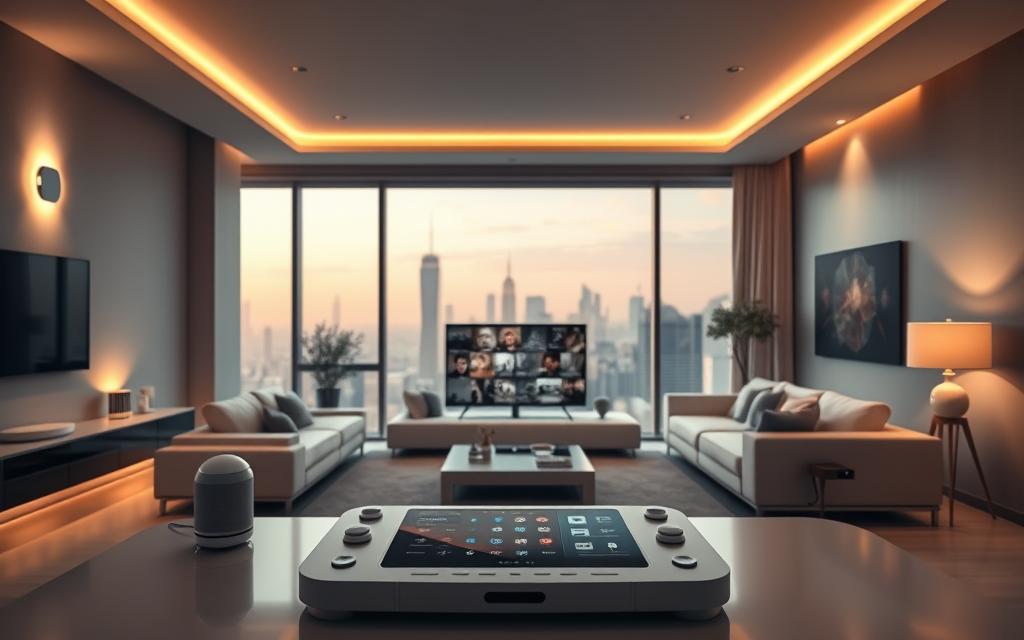
By providing a more accessible and comfortable living environment, smart home technology is changing the way we live and interact with our homes. As the technology continues to evolve, we can expect to see even more innovative solutions that make our lives easier and more convenient.
Key Benefits Driving Smart Home Integration
The adoption of smart home devices is on the rise, driven by the promise of a more convenient, energy-efficient, and secure living environment. As homeowners increasingly invest in these technologies, it’s becoming clear that the benefits of smart home integration extend far beyond mere novelty.
Enhanced Convenience and Time Savings
One of the primary advantages of smart home technology is its ability to save time through automation. With the ability to control multiple devices from a single interface, homeowners can simplify their daily routines and reduce the time spent on mundane tasks. Studies have shown that smart home users can save an average of 30 minutes daily through automated routines and remote control capabilities, making their lives more convenient and efficient.
Improved Energy Efficiency and Cost Reduction
Smart home devices are designed to be highly efficient, automatically adjusting to changing energy needs and minimizing waste. For instance, smart thermostats can demonstrate potential savings of 10-15% on heating and cooling costs through intelligent temperature management. Advanced energy monitoring systems provide granular insights into consumption patterns, allowing homeowners to identify and address inefficiencies that would otherwise go unnoticed.
Advanced Security and Peace of Mind
The security benefits of smart home technology extend beyond basic alarm systems to comprehensive protection through integrated camera networks, motion sensors, and automated alert systems. These features provide real-time monitoring capabilities, giving homeowners peace of mind when away from their property. Additionally, water leak detection sensors and automatic shut-off systems can prevent costly damage from plumbing failures, demonstrating how smart home technology can provide both security and financial protection.
In conclusion, the key benefits driving smart home integration are multifaceted, encompassing enhanced convenience, improved energy efficiency, and advanced security features. As the technology continues to evolve, it’s likely that these benefits will only continue to grow, making smart home technology an increasingly attractive investment for homeowners.
The Interconnected Smart Home Experience
The interconnected smart home experience is changing the way we interact with our homes. With the ability to control various aspects of our living environment through a single interface, smart home technology is making life more convenient and efficient.
One of the key features of a smart home is its centralized control system. This allows users to manage everything from lighting and temperature to security and entertainment systems using a single app or voice command.
Centralized Control Systems
Centralized control systems serve as the brain of the smart home, providing a unified interface through smartphone apps, voice assistants, or dedicated control panels. This system enables users to control multiple devices seamlessly, making it easier to manage their home environment.
For instance, a table illustrating the benefits of centralized control systems could look like this:
| Feature | Benefit |
|---|---|
| Unified Interface | Easier control of multiple devices |
| Smartphone App | Remote access to home systems |
| Voice Assistant | Hands-free control |
AI and Machine Learning: Adapting to User Preferences
The integration of AI and machine learning in smart homes enables these systems to learn and adapt to user preferences over time. By analyzing patterns in user behavior, smart home systems can adjust settings automatically, creating a more personalized living environment.
As noted by a recent study, “The use of AI and machine learning in smart homes is revolutionizing the way we live, making our homes more comfortable, secure, and energy-efficient.” This is achieved through the ability of smart home systems to analyze data from various devices and adjust accordingly.
For more information on the current state of technology, visit TechHack to explore the latest insights on technological advancements.
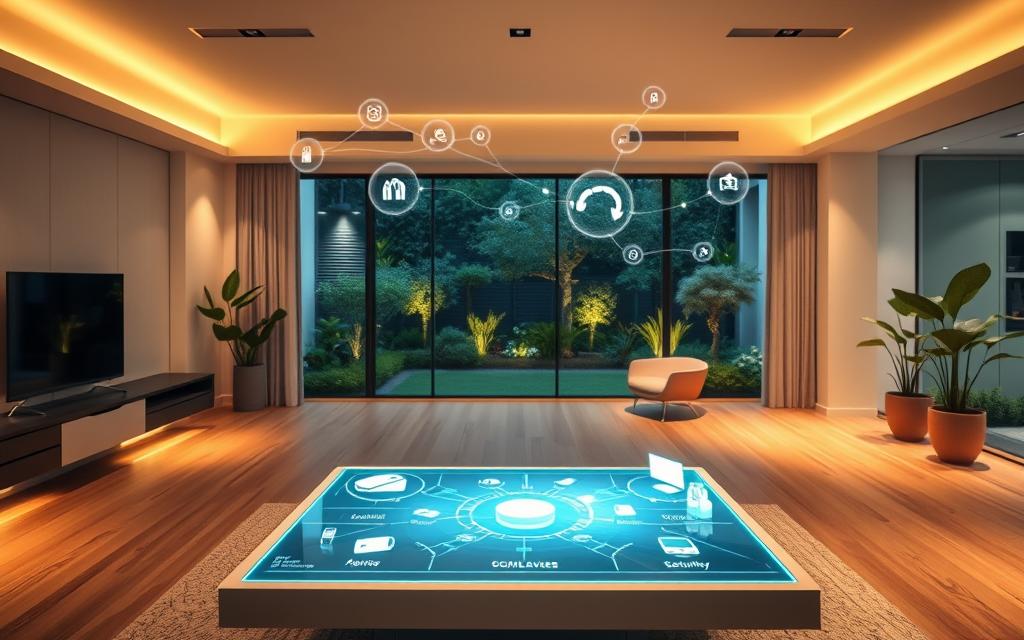
Challenges and Considerations for Smart Home Adoption
Despite its benefits, smart home technology adoption is fraught with challenges. As the technology becomes increasingly integrated into daily life, several concerns come to the forefront.
Data Security and Privacy
The collection and use of personal data by smart home devices raise significant privacy and security concerns. The always-listening nature of voice assistants and continuous monitoring of smart cameras create privacy implications that extend beyond the individual to include family members, guests, and even neighbors. Manufacturers must implement privacy-by-design principles, including local data processing and transparent data policies, to alleviate these concerns.
- Users need clear controls for managing information collection.
- Data must be stored securely to prevent unauthorized access.
- Transparency about data use and sharing practices is essential.
Automation and Control
Balancing convenient automation with personal control presents both technical and philosophical challenges. While automation can simplify life, over-automation can lead to frustration if systems make decisions that don’t align with user preferences. Intuitive override mechanisms are necessary to maintain user autonomy.
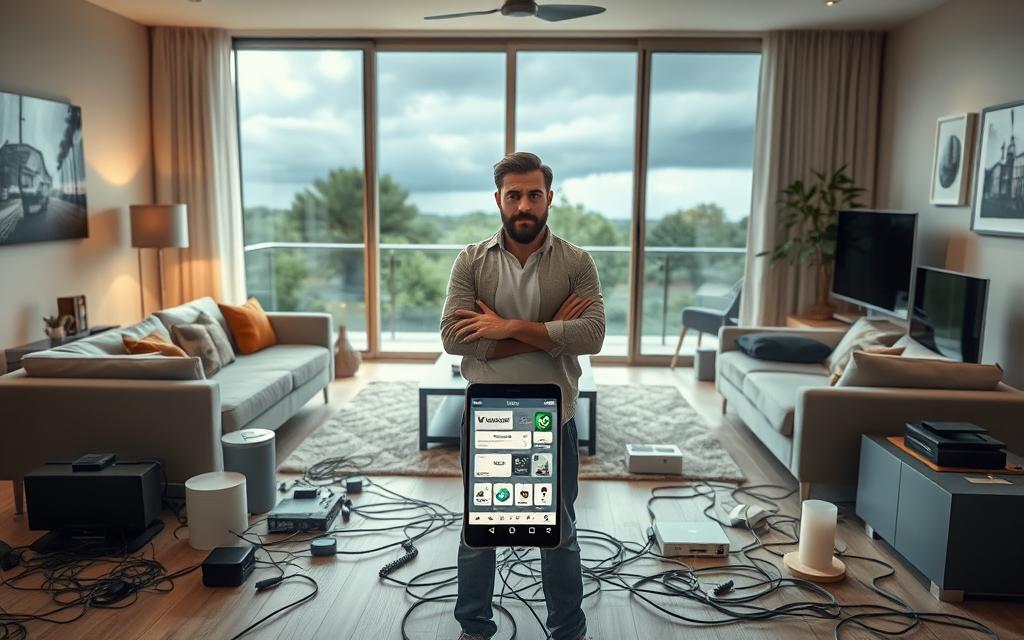
Addressing these challenges is crucial for the widespread adoption of smart home technology. By prioritizing data security, privacy, and user control, manufacturers can build trust with consumers and create more seamless smart home experiences.
Conclusion: The Future Home is Already Here
With the advent of smart home technology, the concept of home is being redefined to include enhanced safety, comfort, and convenience. The future of homes doesn’t need to look like a tech showroom; it should feel like home, making tech work for people, not the other way around.
As we look toward the future of residential living, it’s clear that smart home technology is rapidly transforming how we experience our living spaces. The key is to strike a balance between technological capability and human-centered design, creating spaces that feel like homes first and technological showcases second.
The most successful smart homes will be those that respect your time, energy, and peace of mind, making life easier and more enjoyable. By focusing on automation, lighting, and temperature control, homeowners can create a truly integrated and responsive living environment.
